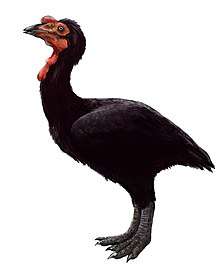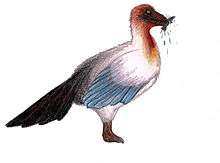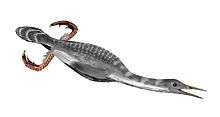Flexomornis
Flexomornis (meaning "flexed shoulder bird") is a genus of enantiornithean birds known from fossils found in Texas rocks belonging to the Woodbine Formation (Lewisville Member) dating to the middle Cenomanian age of the late Cretaceous period. It contains a single species, Flexomornis howei, named for the amateur fossil hunter Kris Howe, who discovered the site where the fossils were found.[1]
| Flexomornis | |
|---|---|
| Scientific classification | |
| Kingdom: | Animalia |
| Phylum: | Chordata |
| Clade: | †Enantiornithes |
| Genus: | †Flexomornis Tykoski & Fiorillo, 2010 |
| Species: | †F. howei |
| Binomial name | |
| †Flexomornis howei Tykoski & Fiorillo, 2010 | |
References
- Tykoski, R.S.; Fiorillo, A.R. (January 2010). ""An enantiornithine bird from the lower middle Cenomanian of Texas". Journal of Vertebrate Paleontology. 30 (1): 288–292. doi:10.1080/02724630903416068.
This article is issued from Wikipedia. The text is licensed under Creative Commons - Attribution - Sharealike. Additional terms may apply for the media files.
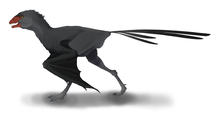
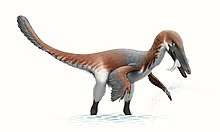
.png)
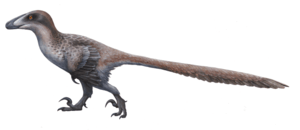

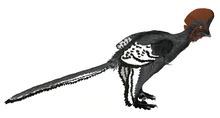
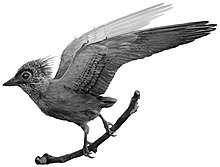

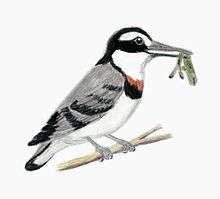
.png)
